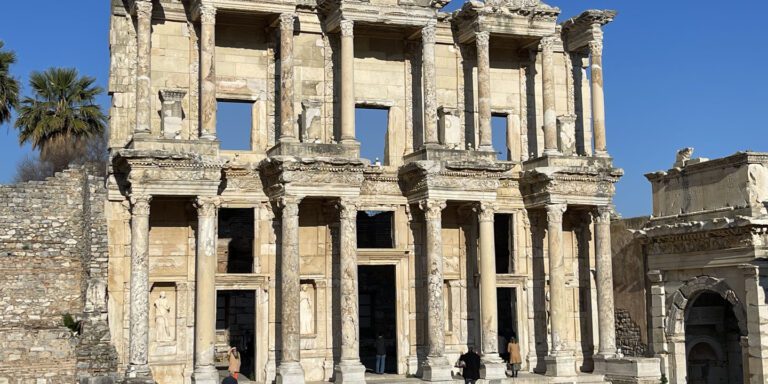
The image above is the Library of Celsus.
I’m a pretty cheap traveler. The Globus tour is inexpensive for the high quality you get. Most things are included. And in cities I’ve learned to buy things in local “groceries” where they are half or even a third of what they cost in touristy shops.
So, I didn’t spend much money in Greece.
Except for the rug… er, rugs.
Wednesday, March 15, 5:43 p.m.
I need to cut this week’s story off. There is just too much. A surfeit of dreams realized. So many things I’ve read about or studied as a child and college student and adult. So many books I’ve read over the years. We visited so many places that tingled the back of my neck. New memories layered on top of old words and pictures seen long, long ago.
We are sailing out of Rhodes. Perhaps twenty-two hundred years ago years ago, we would be sailing past or between the Colossus’s legs. It was over 100 meters high, and one of the 7 Wonders of the World. No one is quite sure where it stood, though its existence is well documented. It apparently collapsed in an earthquake in 227 B.C. There was an oracle that its pieces should never be moved, but 900 years later conquerors from the Middle East performed perhaps the world’s first salvage operation and transported the metal to be made into weapons.
Greece is a land of firsts. You wonder how creative bursts happen at certain times and in certain places. The Renaissance. The music of the 60s and 70s. The current revolutions in food and drink.
“Greece invented democracy,” our guide told us.
And… lots of things from aerodynamics to zoology.
The various guides pointed out many Greek firsts. They were all Greek themselves, so maybe there was some hyperbole.
One told us, “First recipes in the Iliad.”
“Pythagoras, father of mathematics, was the first recoded vegan.”
Ok. Here’s the trip so far in a nutshell. Athens, Mycenae, Olympia, Delphi, Mykonos, Ephesus (Turkey), Patmos, Rhodes.
Today on Rhodes, we drove up to Lindos. We climbed (most of us) the acropolis there. 300 steps up. No handrails. Some spots had my vertigo buzzing a bit. But my feet were nimble! There were about 5 years when I had a heel spur that would often flair up, causing—sometimes—extreme pain. Or I would have to limp. The cure was surgery, I was told by numerous foot doctors. It was brutal meat and bone and tendon cutting. The procedure didn’t always work. In August 2020, when my best friend John died suddenly and unexpectedly and my other best friend, Cap, had something twinge in his back that caused him to need a wheelchair and hospital bed, I suddenly had extreme pain in a knee. I reached out to my general doctor. We did a Zoom meeting. (Remember COVID—you couldn’t see people face to face.) He diagnosed gout—virtually. I was suspicious. I thought gout began in your toes. He prescribed a 5-day course of Prednisone. It cured my gout (if that is what it was.) It also cured my heel spur! All those foot doctors from Frederick to Baltimore, and none thought to try Prednisone? 5 years of limping, taking stairs sometimes one a time like an old man. Screaming at the heavens in pain at times. The worry it would get worse.
Oh! And I wore only clogs almost all the time—that was very limiting. Now I can wear sneakers often. At the Lindos acropolis, I was stepping from stone to stone. No leaping like when I was a kid—but it has been a kind of newfound freedom. A resurrection of sorts. From sometimes crippling pain to infrequent twinges. Thank you, Doctor D.!
Thank you, Prednisone.
There were astounding views from the Lindos temple and columns at the top. Sheer drops to the sea. Endless horizons.
“St. Paul’s beach is down there.”
That’s another layer of history in Greece. The early Christian sites. There are religious tours. One is called “The Footsteps of St. Paul.” Ephesus, Corinth…
Then three hundred steps down. I carefully watched where I placed each footstep. Stony paths and uneven steps…
The trip has been a whirlwind. But I like it like that. I would never would have seen all these places on my own. The quality and knowledge of the guides has been excellent. Same with the drivers. The food has been pretty good to excellent to incredible. I am more than satisfied with the organization and quality of the main tours and excursions.
Greece… maybe the first historical interest I had. Before discovering myth and gods in books (first in a Scholastic Book Club edition about Hercules and soon thereafter a Landmark Series edition), all that I likely was interested in were fire trucks and police cars. I guess elementary school teachers also ignited the fire of curiosity about Greek history and mythology. I recall Hermes was my favorite.
More on that later.
The surprises were not only in being taken to places I’d dreamed of visiting. It was the surprise destinations that shook me to my core.
“I am the Alpha and the Omega, the first and the last. What you see, write in a book…”
I was vaguely aware that Patmos was a holy island in the Christian world.
Was I aware that there was a Cave of the Apocalypse there? And that was where St. John dictated the Book of Revelation to a scribe in that stone cave? And that you could actually go inside the cave and touch the niche in the wall where the words were actually written down?
No. If I’d heard of such a place, I would have assumed it was apocryphal.
So much of history in Greece involves the intersections between myth and history. The Iliad and The Odyssey straddle that. Real men apparently fought a battle 15,000 years ago, probably in Turkey. In Homer’s works, there are also gods present as well. Humans and immortals interacted on many complex levels. Gods had their own backstory battles going on. They pulled strings. Sometimes, humans were pawns to be moved here and there—their fates determined by whim or treachery or trickery of immortals.
The exact spot where the last book of the Bible was written…
To say I was shaken to the core down there is an understatement. So much of this trip has had spiritual overtones. Delphi for example. More on that later as well.
I touched the silver-bound gospel resting on linen atop an embroidered drape laid onto the stone shelf carved into the solid stone wall. That stone niche below the cloth is about chest high and angled perfectly for a standing writer to take down the words dictated to him. There’s more to the natural cave, but I won’t go into the description. Photos were forbidden inside the cave, but I was able to take this image through the entrance.
Isidore, the last remaining monk on the site, accidentally photobombed my shot. He maintains the shrine. His features are blurred, since I didn’t have his permission. He didn’t interact with the tourists. When we were there, he was seated at a small table off to the side of the chapel, chatting with a young man who looked to be a serious student, or even perhaps a possible recruit. Isidore has had a very spiritual life, I would think—in that place, that cave, on that island, in that sea, in Greece.
Whether you believe in the Bible as gospel or not doesn’t matter. It is a book. It exists. It has been a cornerstone of western civilization for millennia. So many quotes to this day are from the book (or Shakespeare.) A lack of knowledge of the stories and spirit of that book robs you of so much of what brought us to this place and time. Whether you believe the Book of Revelation belongs in that book or not doesn’t matter. It is a book. It has existed for nearly two thousand years. It has been studied and quoted.
“…seven seals…”
And whether or not you believe St. John’s vision really occurred there in that cave—it IS documented that he was exiled on Patmos.
… Well, check off those “ifs”, and you’re in a place where it is written that at one time God’s presence came over a period of days… and spoke to a human.
A time and a place.
If you don’t believe in what the book says happened there, then at least you can say you were in a spot where man intersected with myth.
I shuddered at touching the silver-bound gospel and waited til the rest left and dropped to one knee before the niche in thanks for… the experience.
And everything else.
“Be not afraid…”
The cave is about halfway to the top of the island. At its pinnacle is the town of Patmos. Being off season, everything was closed—including the huge Monastery of St. John. That building has some wondrous treasures in it. Maybe next time…
The town surrounding the monastery is beautiful. Panoramic views in three directions.
“That’s Ikaria in the distance. It is named after Icarus—who flew too close to the sun.”
Icarus’s father Daedalus… whenever I think of that name, I also think of the iconic bookseller. They were the best remainder company ever, in my estimation. Robin and Tami also helped Wonder Book grow by believing in us when we were first growing. At shows, they had a dozen people taking orders at a time—including the owners. You still needed to make an appointment to give them money. Brilliant.
Sales reps used to call on bookstores in those days. I think the first one from Daedalus was named Earl. A very tall graceful man. Soft spoken. So well read. He would schlep a big briefcase—actually, it was as big as a suitcase—into my cramped office that used to be at the back of the Frederick bookstore. The bag was full of hundreds of dust jackets. That was brilliant marketing by Daedalus. Actually reviewing the book’s jacket gave me a much better idea whether I should order 2 or 20 or zero copies of a book. Or a hundred. As we grew, I would order thousands of some books. (This week, we cemented an order for almost 200,000 remainders. Crazy. I never dream… well, yes, I dreamed—long ago.) Earl would give me positive and negative advice about the books he was selling.
“You don’t want that many copies of that because…”
Also, there is a reproduction of a 19th century painting of Icarus in the hallway leading to the men’s room at the warehouse. We have a little gallery there. I pass him most every day. He has crashed to the rocks and muses or nymphs are mourning around his broken body. (The hall to the women’s room has its own art collection.)
The town around the Monastery of St. John is a warren of narrow alleys surrounded by whitewashed homes with blue doors and shutters. White and blue are everywhere on the Aegean islands. They say to keep them cooler.
“They need to be whitewashed every year to look good. Spring rains from the Sahara bring dirt, and they soil the buildings… The passageways are so narrow by design. The monks let people build around the monastery as a defense. It made it more difficult for pirates to try to loot. The populace could defend the alleys from above and leap from rooftop to rooftop as needed.”
Last week’s story ended with my arrival in Athens. Bizarrely, I found I was immersed in a protest amongst tens of thousands of marchers. That was Wednesday. Thursday, I had the day to myself. I set out early walking. I wanted to see some of the sites I presumed the guided tour wouldn’t include.
The first stop was the Archaeological Museum. It is only a half-mile walk from the hotel. I aimed to be there at opening. I was the first, and only one, at the entrance at 8:30. I had the spacious place to myself—except for the guards—for most of my visit. It was a pleasure not having to jockey for a position in front of a display or sculpture.
Schliemann’s Mycenae discoveries are there. The mask of Agamemnon…
Case after case, room after room of objects I’d studied in school or had seen in history or art books.
When I exited, there were 4 school groups assembling below the stone steps that rise to the front door. I was glad I had been there early.
From there, my phone guided me to 5 or 6 museums and galleries. Closer to the parliament, I’d pass small groups of police in riot gear standing in yards behind walls or off on a side street—waiting. I think the protests fizzled that day. I didn’t experience any.
I found the National Library and walked up the steps and peered through the glass on the front door. It was locked. I think some sites haven’t recovered from COVID yet. And I was to find out that most of the contents had moved to a modern building close to the sea—near Piraeus, where the Greek ships were launched to Troy.
It is 6:30 a.m. Thursday. The map on my phone shows me that the ship is sailing into the crater of the volcano that blew up the island of Santorini—and may have destroyed Atlantis as well. Looking out the cabin window, the Aegean is choppy and dark. We are gliding past islands rising steeply from water. As we get closer, I see waves crashing against the rocks and white spray flying into the air.
Greece!
Santorini will have to wait til next week.
From the National Library, I headed to the Athens City Museum. It was the mansion home of King Otto (modern Greece’s first ruler after their independence—a German) and his family.
There were a few oils of Lord Byron. Byron is still a hero to the Greeks for his support of wresting the country out of the clutches of the Ottoman Empire. Byron died Greece. I read the bloodletting treatments by his doctors likely contributed to his demise.
Oddly, the top floor was given over to a movie poster artist whose work graced a couple Athens theaters in 50s-70s. He painted huge posters. It was interesting playing name that film—since the words were all in Greek.
From there, I went to the Benaki, another gorgeous mansion housing ancient and more modern art as well as costumes and illuminated manuscripts and… I went to their open-air cafe a few stories above the street. I had a Greek coffee (very strong with “sludge” at the bottom of the cup. Don’t try to drink the sludge.) Across the street was an army barracks. Periodically, soldiers in traditional costumes (white tights, red cap, black pompoms on the slipper/shoe tops) would march in a kind of goose-step to the changing of the guard at the parliament.
Then to the stunning Cycladic Museum.
The fine art museum.
The Byzantine Museum.
The enormous 4th century Panathenaic Stadium.
I wrapped up the day by wandering through the narrow alleys and streets of the old town, Plaka, at the foot of the Acropolis and back toward the hotel. I wandered through the fish market on the way back. Mediterranean food markets are always amazing. Colorful. Intriguing. Fresh. What kind of fish is that?
My day ended with 25,000 steps.
The tour itself began on Friday. It was an early start in a bus. The first stop was the 19th century engineering marvel—the Corinth Canal. It connects the Aegean Sea with the Ionian Sea. It was cut through the narrow isthmus which attaches the Peloponnesian Peninsula to the mainland. The project was planned for over 2000 years.
Our guide, Marisa, was amazing. She has been doing tours for… a long time. We learned a lot about everything we passed. From Spartan battle tactics to Kalamata olives.
Mycenae—home of the House of Atreus—sins of the father visited on the sons… Aeschylus’ Oresteia Trilogy… The ancient site is a fascinating complex of fortifications and daily life of perhaps 17 centuries ago.
“Well-built Mycenae, rich in gold.”—Homer
Schliemann uncovered the area after he had discovered “Troy.” (The Trojan treasures were sent to Germany. They went missing after WW 2 but were “rediscovered” in the 90s. The Russians had them in the Hermitage.)
The tour bus stopped at an idyllic hacienda for lunch. It is high-ceilinged, with columns and reflecting pools and a spacious marble patio out front.
Inside, there are black and white photos of Jackie Onassis dining there. Presidents, actors…
I wasn’t hungry. I sat alone on the patio and had a Mythos. There was an hour to kill. I used the time to finish last week’s story and send it to North America. It would be in the editor’s email when the day started there.
It was 62, and the sun was out between the clouds. A rooster crowed not far off.
Saturday
We spent a few hours at Archaia Olympia—the home of the Olympic Games and Temple of Zeus which once housed his statue—one of the 7 Wonders of the World—lost 1500 years ago under many hypothetic circumstances.
Time… The first Olympics were here in 800 B.C. They continued until the 4th century A.D. (World Heritage states 776 B.C – 393 A.D.—I wonder how the dating works.) Our guide said “dating” was invented here. Time was once measured by the winner of the Olympics Games:
“There was a plague 3 years after ‘John Doe’ won the race.”
Measurement was invented as well. The stadium is 192 meters long. That equals 1 Stadion—a unit of measure.
For example, “It is 233 stadia from this town to that town.”
Our guide also said “athleticism” was invented in the Greek sphere. Originally, games were for military value—exercise for strength and speed and agility. Then it was refined to sport for sport’s sake.
The Olympic Games were revived in 1896 in Athens.
The archaeological museum there had some amazing objects. The Statue of Hermes (holding the baby Dionysus) for example.
So many beginnings—from the beginning of time as we know it. The cradle of western literature.
We stopped at another gorgeous restaurant for lunch. It was like an old vineyard farmhouse, but rustic homes had grown up around it. Again, I didn’t eat. I sat out on the porch that looked on a pool and vines and gardens all around. It was a cacophony of sound there. The rest of the group were at lunch inside. I was immersed in sound—all from things out of sight. Roosters crowing and hens clucking. Dogs barking off in different directions. The beer was cold and crisp. Music pulsed from a wine cellar below the patio. Greek tunes and maybe dancing for another group of tourists. There was more than a whiff of wood smoke. Birds! The air around me was full of birdsong. Colors of spring and colors of all year round. Poppies blew throughout the Olympian ruins. Mostly red, but there were purplish blue ones too.
The symbol of Mythos brand beer is a unicorn in profile. Last night’s hotel was not far from here. When we left, the bus stopped at a shop just after 8 a.m. We were treated to an olive oil, balsamic vinegar, wine etc. tasting. They had maybe 30 varieties of olive oil—flavored and natural. It was too early for me. Though fascinating and tasty, I didn’t carry anything away. Whatever I buy I would carry for another 8 days. Plus, I still have wonderful oil—the case I imported from Lecce, Italy. Lunchers were finishing and moving onto the patio around me. The moment flitted away. So many smokers. Chattering. A very diverse group.
“What did you think of the buffet?”
Buffets… hmmm.
Groan.
We headed north and east. The bus crossed the Gulf of Corinth on the 2004 Olympic Bridge at Antirrio. I saw the driver was handed two 50s by the guide for the toll. I wonder how much change he got back? That gulf pours out to Ionian Sea in the west. Just a bit north of there is the island of Ithaca—Ulysses’ home. I recall vividly being enthralled by the Landmark children’s hardcover The Adventures of Ulysses. Oh, what a discovery! I must have been 9 or 10 years old. Such travels! That book definitely pushed me further toward the printed page.
I was so distressed that after all his troubles, he returned home to find his palace full of unwanted guests. He was presumed dead, and squatters had moved in trying to court his wife, Penelope. (I’d never known the name before and presumed the pronunciation was “penny lope.”) I’d love to go to Ithaca. If only to say I’d been to the home of Odysseus.
Someday…
After the Olympic Bridge, we drove east, zigzagging along the north coast of the gulf. We were heading toward Delphi on the slopes of Parnassus. Its peak is just beyond. They ski up there.
Mount Parnassus!
Parnassus on Wheels!
Oh, the places I’ve been! The places I am going. And the places yet to come.
What dreams may come in those undiscovered countries?
And of course, it was in that book about Ulysses that I discovered the Greek gods. Zeus. Hermes—Hermes was my favorite!!
Those Landmark series hardcovers—fiction and non-fiction are still good sellers. And they often go for $20 and up. Why? Maybe grandparents are getting them for the grandkids—to add a bit of balance to the cell phones and iPads and video games.
Is there still magic between the covers of The Adventures of Ulysses? There is for me all these years later—in memory, yet green. If you can get a kid to try it, let me know the result. I’m sure I have my copy somewhere. Maybe in a box in the old house in Pennsylvania. I hope I see it again. I know I wrote my name on the front pastedown.
The bus wove right and left. The roads curves and rises and descends. The driver was constantly shifting down and shifting up. The sea to the right. Mountains and ravines to the left.
They are plenty of those giant white turbine windmills on the hills. They are so ugly. Abominations. Mythologic monsters chewing the wind.
We hairpinnned left. My body swayed to the right.
“What’s that?” a nearby fellow passenger asked. I looked out the left side and saw an odd meteorological phenomenon.
Rainbow? I snapped a dozen photos. It faded in a few moments. I posted it on Instagram, and someone said it was called Cloud Iridescence. I thought it was an omen from the gods.
We went higher and higher up the slopes of Parnassus. Marisa, our guide, called our attention to the valley below.
“The Olive Carpet.”
A vast swath of silver green.
“They say there are a million olive trees down on that plain.”
Sunday
We are driving to Athens. The bus bumps and sways. Many are snoozing their lunches away.
Earlier, I climbed Delphi. Stepping up over stones and uneven paths. Steps taken by millions so long ago. The trail led me past Sibyl’s Stone then Apollo’s Temple, where muses once played and the Delphic Oracle, sheeted over in black cloth, made her bizarre possessed predictions for 2000 years. She was the vessel of Apollo and spoke the words he gave her. I read somewhere they discovered a cave behind and below the temple where she likely waited until summoned to miraculously appear in the temple above, as if by magic. One site claimed there was a crack in the earth there, and that the woman may have been high on fumes.
There was Zeus’s navel. A stone thought to mark the center of the world.
Up higher and higher beyond the stone theater where ancient dramas played. They were not ancient then. Up higher—the arena where races were staged. Up til there was no further to go. Lest I had wings to fly. For a sheer cliff rises high at the top of the Delphi complex. Bare stone reaches straight up to the sky. The racecourse is as far as I can go. Something made me feel that spirits still run contests there.
3000 steps up.
Careful walking down. Slips and stones. I’d fall down to the town.
3000 steps down.
It was so moving that I was possessed to write a (very long) poem. It is appended at the end, so you don’t run away at this point.
Sunday… we continued toward Athens.
“Up that way is where Oedipus was riddled by the Sphinx…”
“Down that way is Marathon. Just ahead is where the messenger delivered his one-word message, ‘Victory,’ and died on the spot… the first ‘marathon.'”
Monday
The bus leaves at 8:40. From Athens to the coast.
Our cruise ship holds up to 1500 passengers. But we are their first tour of the year, so there are only 500.
“Everything will be fresh and clean.”
My first cruise. I’ve just never been interested. Seems so limiting. But this is the only way to see the islands—on a budget.
Everything is included—breakfast, lunch and dinner—except optional excursions. Drinks are included too.
But free food and drinks are sometimes not worth the price. The meals on the ship were fine. But I skipped a number of them in favor of seafood and cocktails and wines on the islands.
The handout says there are 14 potential side trips for a 4-day cruise.
“Don’t drink the tap water. For brushing teeth only.”
The first stop will be the island of Mykonos. We are their first cruise ship of the season.
It was a one-hour bus ride from Athens—Stanley Hotel—to the port of Lavrion.
The Aegean, Homer’s wine-dark sea. It is churning furiously.
Monday, onboard the Celestial Olympia cruise ship.
The parking lot was windy. A couple of hats went flying out into the sea. Pulling my big roller bag against the wind was an interesting struggle. The bag has never resisted before.
Boarding was slow. Once we got to our cabins, we were almost immediately summoned for an evacuation drill. The life vest in my cabin closet indicated I was destined for lifeboat number 8 should catastrophe strike. We were mustered on deck near our lifeboat and given a few instructions before being released. I dropped my vest back in my cabin and headed for the top. There’s a bar on deck 9, and I thought I’d get a beer since Mykonos is about 5 hours away. I thought it would be cool to sit on the top and write a bit on the laptop. I wanted to get some pictures of the tugboat pulling us away from port. Up there, the wind strengthened even more, and I felt my jacket might be stripped from me. I dared not set my laptop down lest it be carried away into the Aegean.
I soon fled indoors to the lower indoor decks. I rarely eat lunch, but I stopped at the buffet and had some olives and a few morsels of different Mediterranean salads. Water was fine to drink. The winds picked up some more, and I thought it best to go and put my feet up and maybe nap. The winds picked up even more, and I walked like a drunken man to my cabin. (No, I hadn’t had a cocktail.) Now we are in the Thermia Channel, passing between the island of Kea to the north and Kythnos to the south. It is a big ship, but it is rolling even more. It would not be pleasurable to walk around and partake of the casino (never) or some of the other entertainments available. I think this reinforces the reasons I’ve never desired to take a cruise. I wouldn’t have, but a cruise is the only way to see the islands. The ship shudders at times—perhaps striking a wave. An announcement came over the public address cautioning passengers to avoid outside decks and hold rails when walking. Keep children near. “Ladies, do not wear high-heeled shoes.” The drawer in my bedside table slides open. There’s some banging as if something fell over somewhere. On my way to my cabin, I passed the “Trio”—three women traveling together. They are all smokers—one a near chain smoker. (I wonder how many packs a day my mom smoked when I was young? She would send me to the local… what would you call it? A tiny store on the front of a small clapboard house… we just called it Boeckels. Mom would give me a quarter to get her a pack of Larks. Maybe a dime to get two candy bars or a candy bar and five pieces of bubble gum. Imagine an 8-year-old buying cigarettes today. My three older brothers smoked cigarettes. I tried some with other kids, but fortunately never acquired the taste or the need for them.) The ship pitches forward at times in addition to rolling and shaking. The phone exhibits the wind in the Aegean for each hour of the next 24. That’s as far as it predicts hourly conditions. Technology is amazing. I’m in the Aegean, and I can get emails and data and maps—I am “connected.”
It would be nice to have a little nap, but there’s a bunch of Spanish architecture students rampaging in the narrow hallway outside my door. It seems they are playing with the dizzying movements underfoot. Shrieks boil up when there’s a big movement on the ship. We are to meet with the new tour director, Adonis, at 3:30. It will be nice to get on solid land again, even if it is cold and windy. At least there’s no rain. I can’t imagine how Odysseus and the Achaeans sailed about 32 centuries ago.
“BANG!” the ship shudders.
I put the pillow over my ears.
I look at the map on my phone to identify the islands we are passing. I confirm it with the physical map in my Dorling Kindersley Greek Islands guidebook.
We pass one—pretty big—but it is not identified in either place. I start searching on my phone.
I discover it is the island of Gyaros. It glides slowly by my window. It is an uninhabited place. The island has been used for exile at various times since the Roman era and in to the mid-20th century.
“BANG! …rattle…” Maybe there’s an unsecured door somewhere.
The ship sets sail for Mykynos. It is rocking and shaking despite its size. Our director has us meet in a lounge for instructions.
- Day 1 Mykynos.
- Day 2. Leave Europe for Asia. Ephesus. Tour. Rugs. Back to ship. Back to Europe. Patmos.
- Day 3. Rhodes.
- Day 4 Santorini. His. Blue domes.
- Wake up Friday in Athens.
There’s a buffet lunch, but I’m not very interested. I consider getting a drink. We won’t land on Mykynos til 4 p.m.
I decide it is better to lie down in my cabin for a bit. I start walking there, and I’m staggering like a drunk.
I get to my cabin and take my shoes off and lay down on the narrow bed. The ship is rolling and dipping. It occasionally shivers when a wave hits its side. There’s loud banging occasionally from far below. Some Spanish architecture students are partying in the hall. They love the swaying and dipping. I put a pillow over my head.
We get to Mykynos, and the guide gives us a tour. It is still 80% closed, but many seaside restaurants are open. I have a wonderful piece of grilled tuna. It must be 3/4 of a pound. I step outside to take a photo of my Mykynos martini.
I don’t stagger until I’m back on board.
I go to bed early and read. The ship seems to be rocking even more. Eventually, I am blessed with sleep.
Tuesday.
We awaken in Asia.
Our guide told us to put our phones on Airplane Mode. It is an hour later here. We might get confused about meeting times.
A bus takes us to Ephesus first. There is a local guide with us. She is wonderful.
Ephesus is much more than I thought it would be.
She points out many sites and symbols I would never catch on my own.
The highlight for me (the most striking building there) is the library of Celsus.
When we finish, we are taken to a government-subsidized rug making facility.
“It is a good place to buy silk rugs. They are an ‘investment.’ Government pays shipping to US. Trying to preserve the traditional handicraft. Cost is the number of hours it took the weavers to make them.”
There are 4 or 5 women at looms outside the hacienda-like building and garden grounds.
The owner or manager explains to us that employment is difficult in this area—especially for women.
“The government teaches young women the ancient handicraft. They supply them with looms and materials in their homes. It helps them with an income and helps preserve the ancient handicraft.”
We are shown silkworm cocoons.
“There’s up to a mile of thread in each one.”
When our instruction is done, we are taken inside. Halls and rooms are lined with carpets rolled and standing on end. In a large room with benches around it, we are seated and offered wine or apple tea.
4 or 5 men begin unfurling carpets before us. They hold one end and toss them, unfurling them onto the floor with a flourish.
The owner describes what each carpet is.
It is a riot of color and shapes. Many carpets are two-sided. Those are flipped over.
“You get two for one!”
Then we are broken up. There is a warren of “showrooms.” A few men are in each. One gently approaches and asks if I’d like to see anything.
We had been shown a facsimile of the oldest carpet yet discovered. It was found in the Urals and is now in the Hermitage.
I asked to see one…
The negotiating begins. I’m pretty good at this. I’ve been to auctions and negotiated buys for most of my life now.
Did I get a good deal?
Who knows?
The price was on the back in Turkish Lire. I ended up with almost 70% off. Our guide helped.
“He only wants pay this much.”
Well, I think it is beautiful.
I’ll never have the original. That’s the charm of fine facsimiles. This is purported to have 238 knots per square inch and took over a year for one person to weave.
When I step on it in my home, it will transport me to a time and place and dreams and ancient skills.
So, it is a flying carpet!
The men had laid out 7 or 8 versions of the facsimile carpet before me.
After I bought the first carpet, they asked, “What about the runner? How much do you want to pay?”
I just couldn’t resist.
Now I’ll have two flying carpets—when they land in Maryland.
From Ephesus, we set sail back to Greece. Patmos.
After Patmos, we sailed overnight to Rhodes.
At some point, I awoke and looked at the clock on my phone.
“4:30 a.m. I can sleep for a little longer. We don’t meet to disembark til 7:15.”
When I looked again, it was 6:45!
I launched out of bed and showered. I started to race toward breakfast.
In the hallway, I saw a couple ahead of me.
“Don’t rush! It isn’t open yet! It opens at 6.”
“My phone says it is almost 7.”
“Ours too. But are to go by ‘ship’s time.'”
Eventually, I figured it out. We had sailed back into the Asian time zone. Eventually, my phone corrected itself.
Well, that’s it for this one.
There was so much more. I took about 6 pages of notes—both sides.
I was sent a picture from home. The boss of the construction site had promised to send me a photo of the first wall being erected.
So, it begins. We got approval from the FAA to let the crane rise.
CAUTION!
Poem below.
Pausanias, a visitor to the site of Delphi in the 2nd century CE, wrote in his travel log, “There is a rock rising up above the ground. On it, say the Delphians, there stood and chanted the oracles a woman, by name Herophile and surnamed Sibyl. The former Sibyl I find was as ancient as any; the Greeks say that she was a daughter of Zeus by Lamia, daughter of Poseidon, that she was the first woman to chant oracles, and that the name Sibyl was given her by the Libyans.”
From the slopes of Parnassus
I gaze over Delphi
The olive carpet
—a million trees below
And then the sea
The Corinthian Gulf
Mountains rise high to the west
then clouds above
The sun drops between them
Fingers of solar rays
spread and splay
A Grecian day
and evening is coming
Mist on the distant slopes
Four thousand years
Two hundred generations
The center of the world
Its navel in stone
resides here as proof
It is where life begins
Mother and baby connected
Sunset is soon
The air chills, dampens
The mountain grays more
and the sky darkens
Light will fade
Time will pass
Another day here
on the slopes of Parnassus
A dog barks below
How far way
I will never know
Miles and time
are distant here
Warm day
chilling to night
a million years
all within sight
A cloud ship-shaped
sails out sea
on wings of air
floating away from me
Sail, sail away
fly toward my home
and in your wake
I am chilled alone
Five thousand miles
from home far away
there morning is aging
to become midday
Speak, Sibyl
tell me the secret
What should I know?
What to forget?
Speak, Sibyl, speak
I strain to hear
Is your voice the reddening sky
that now appears?
Speak, Sibyl, speak
ere day turns to dark
No answer I hear
No omen to mark
Tomorrow, tomorrow
an answer I’ll get
Tomorrow, tomorrow
but for now
just rosy sunset
Strange to live
strange to be dead
strange the sun falling
pink into red
Sing, muses, sing
sing on this mountain
sing for the years gone
and those counting
I’ll remember this day
for the rest of my time
I’ll remember
the darkening sun shine
No answers though
from sky or sea
from Sibyl or muse
no answers for me
Weep chorus weep
wail mourners wail
for spirits departing
westward they sail
Do you recall
that day long ago
you gifted me dawn
and loved me so?
I remember that dawn
that morn long ago
in life or death
forever I’ll know
I lived for a day
I lived for a year
I’ve loved for a lifetime
the morn long ago
It was first spring
then summer then fall
now winter so cold
succeeds them all
I’m trying to gather
but my hands lie empty
the totaling is like
tears in the sea
The summing is like
dust in the wind
there’s nothing to hold
when it all ends
Silent Sibyl still
no whisper no cry
alone I came here
alone I’ll die
The answer was then
that dawn long ago
the answer I’ll carry
forever I know close my eyes
return there again
I close my eyes
as if it was then
and when my eyes close
one final time
I’ll back there where
dawn did first shine
I wish I had done
I wish all in vain
I can only try
to not fail again

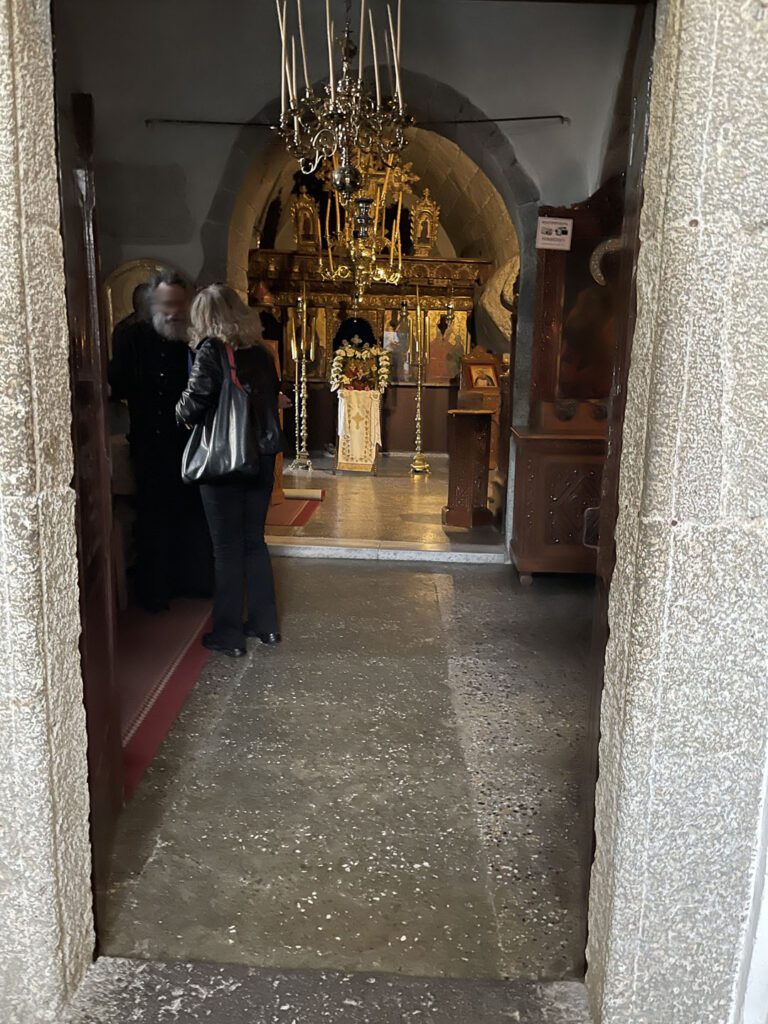
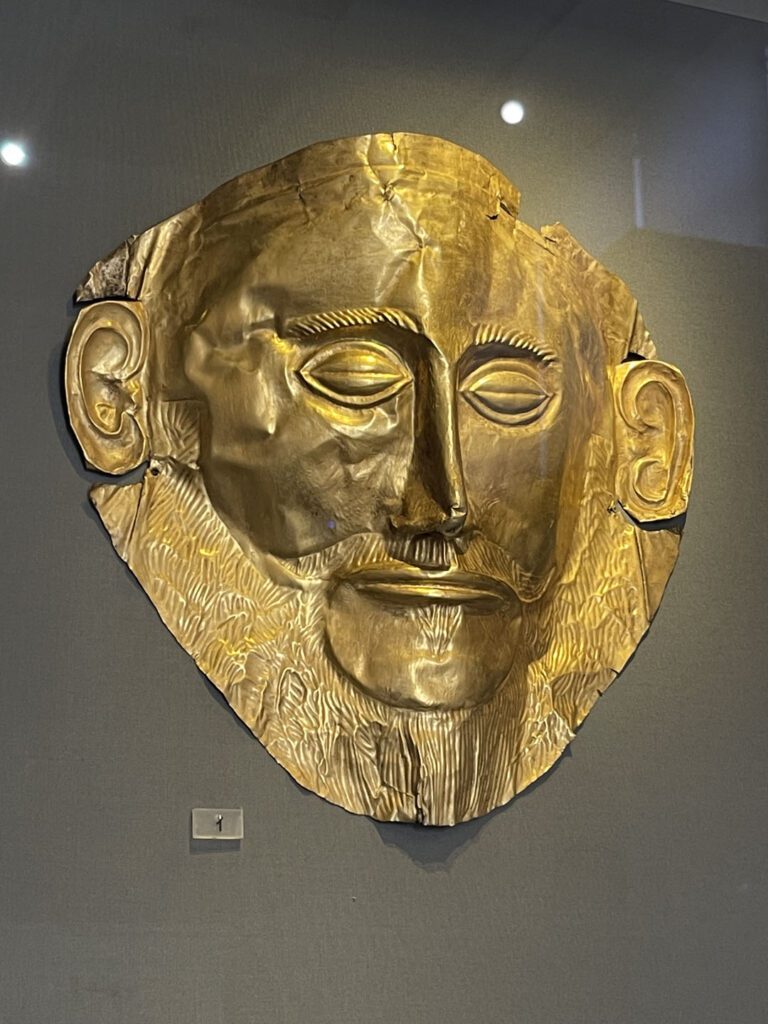
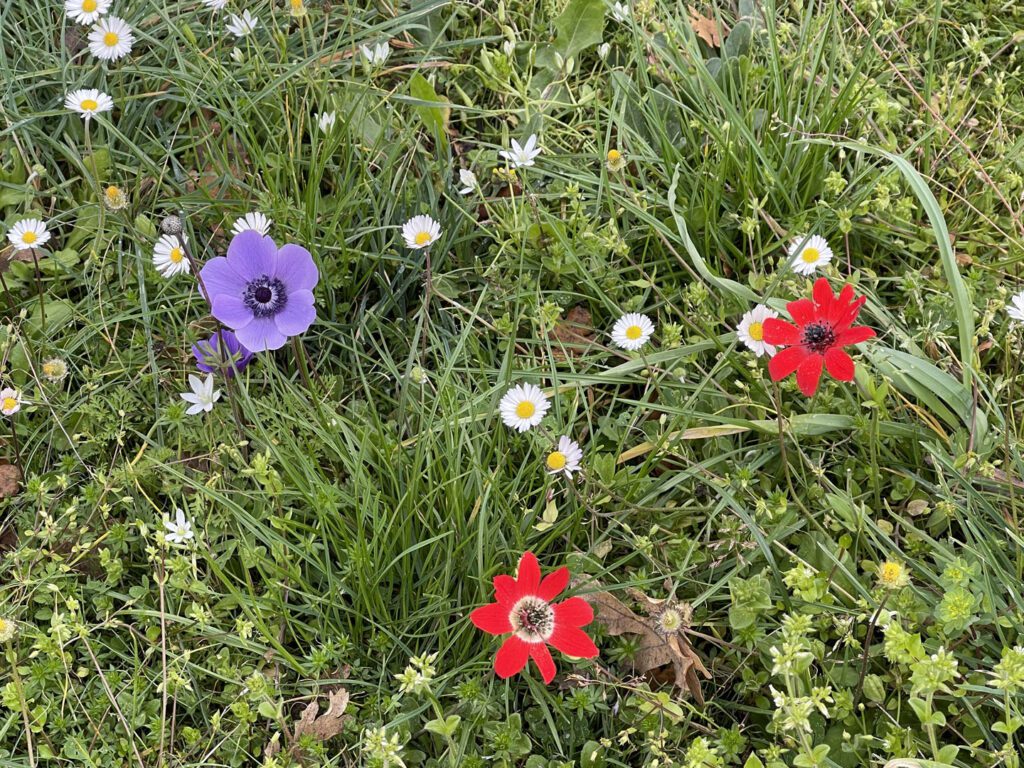
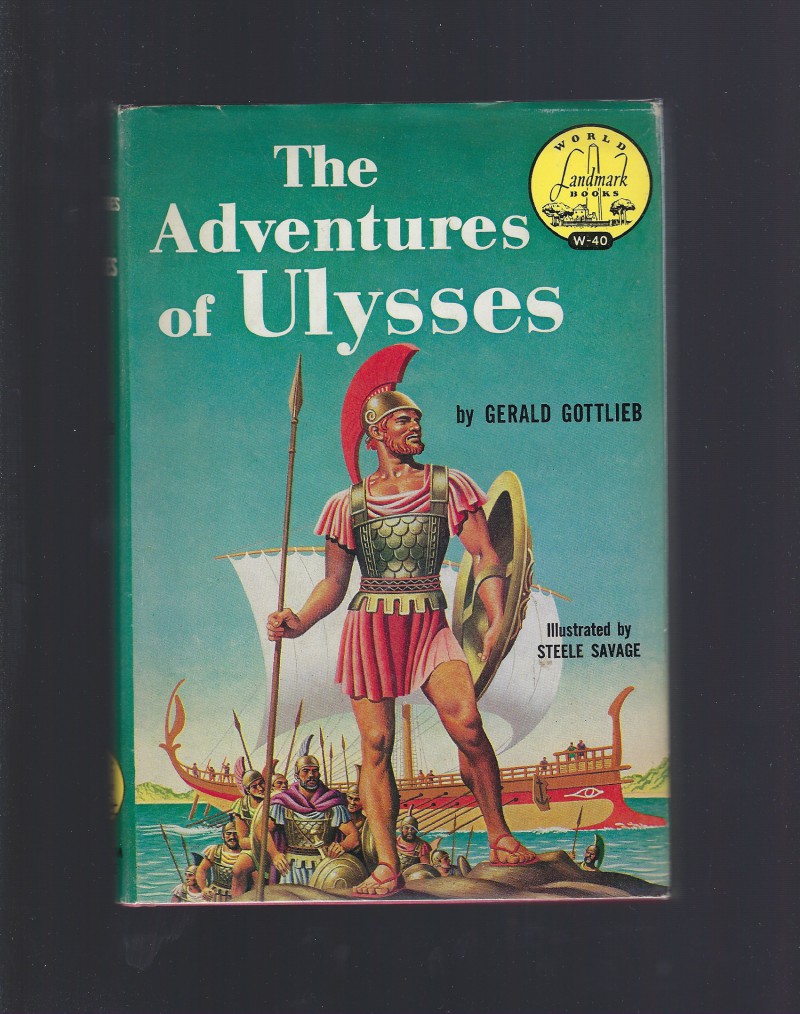
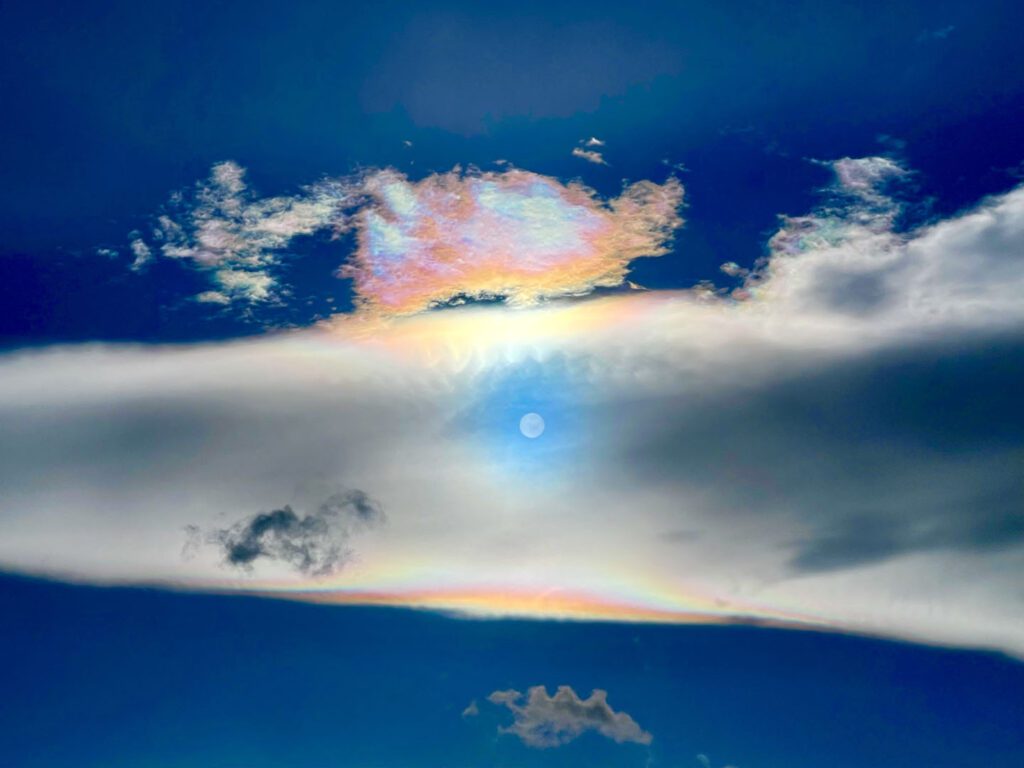
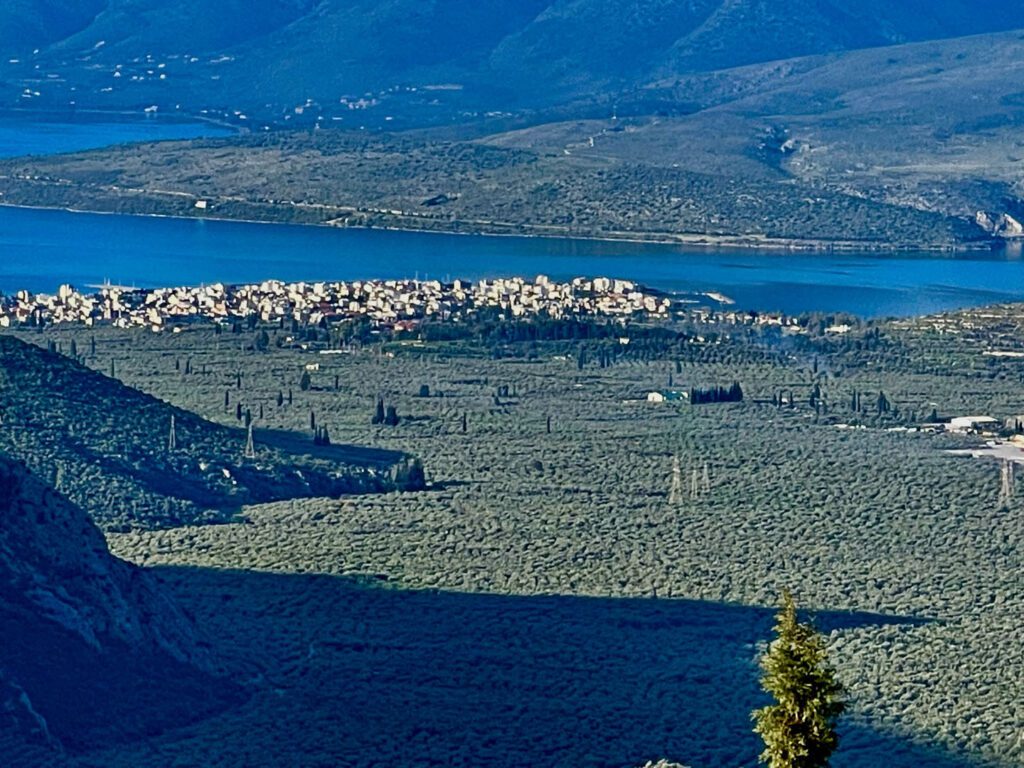
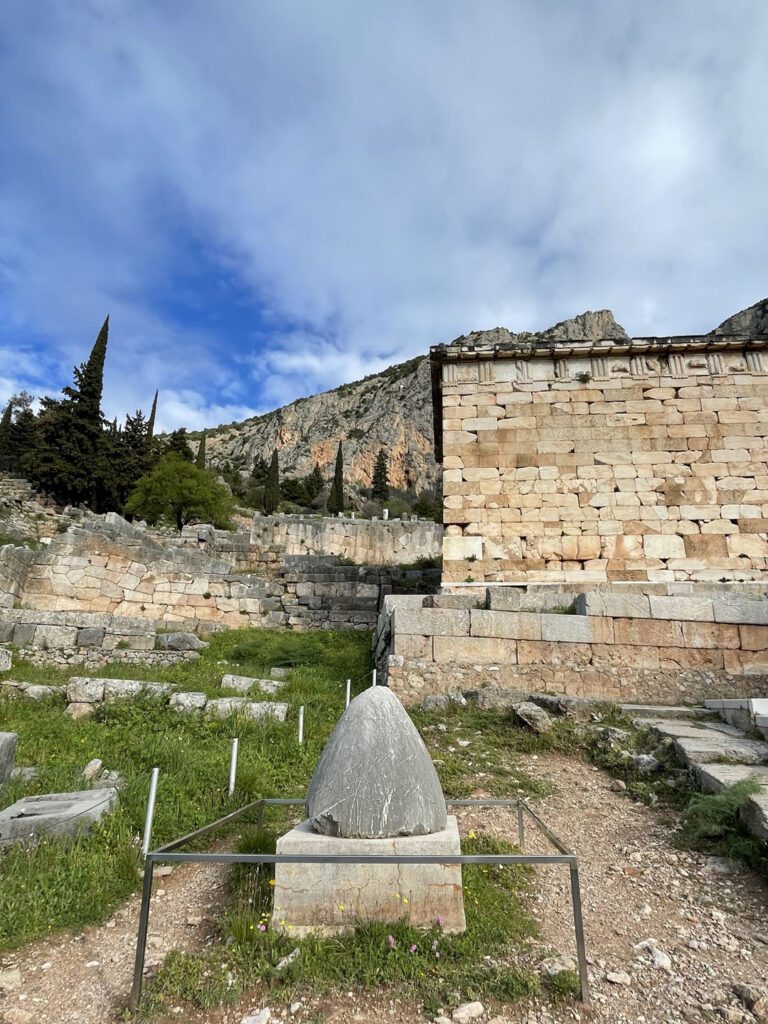
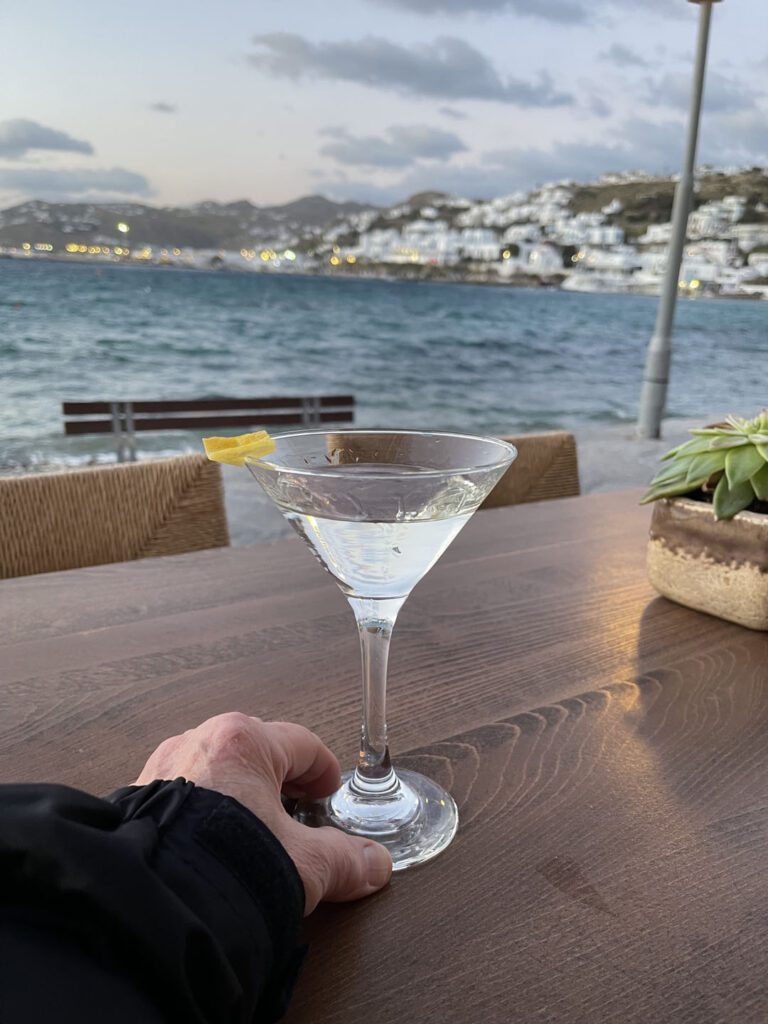
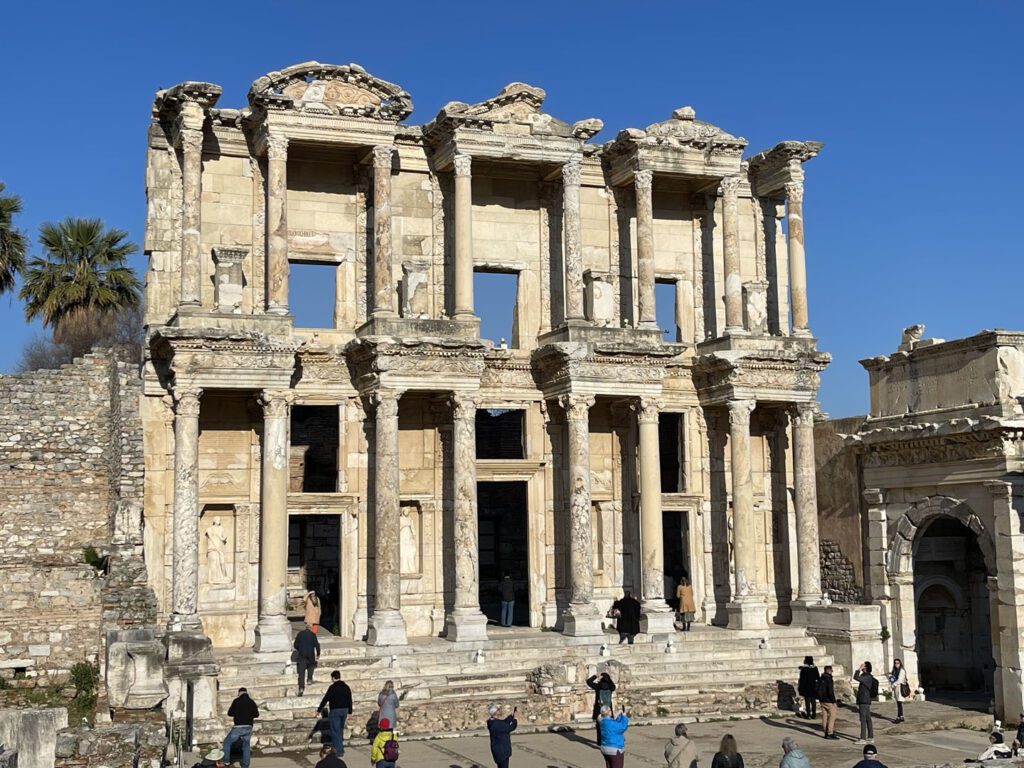
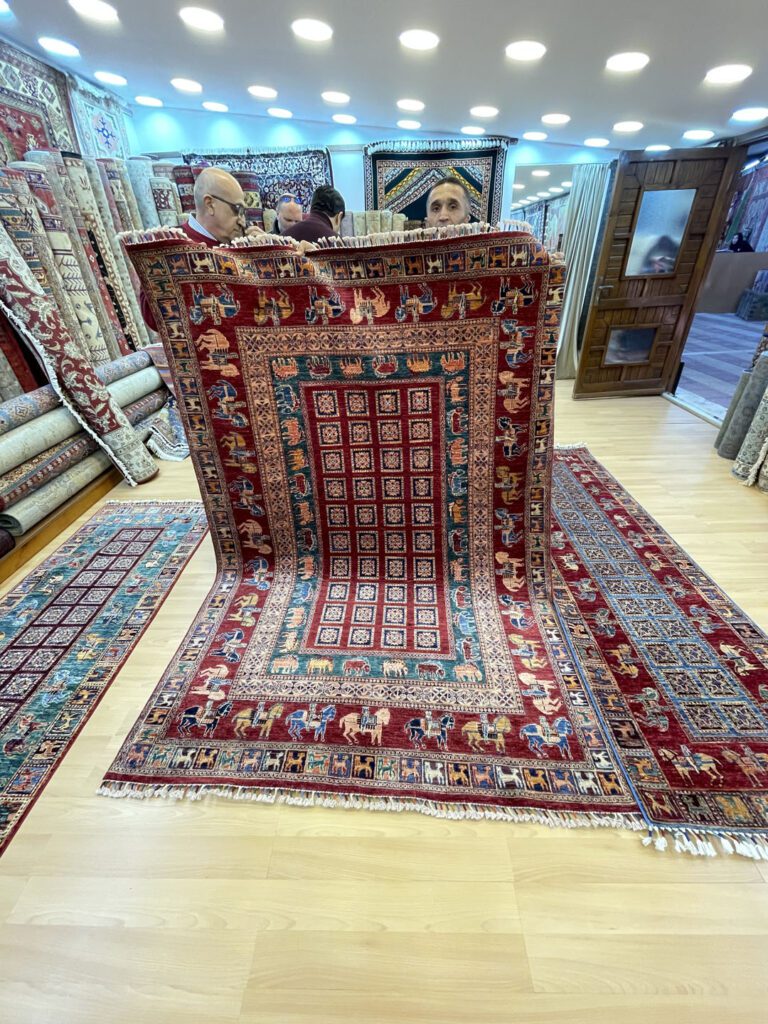
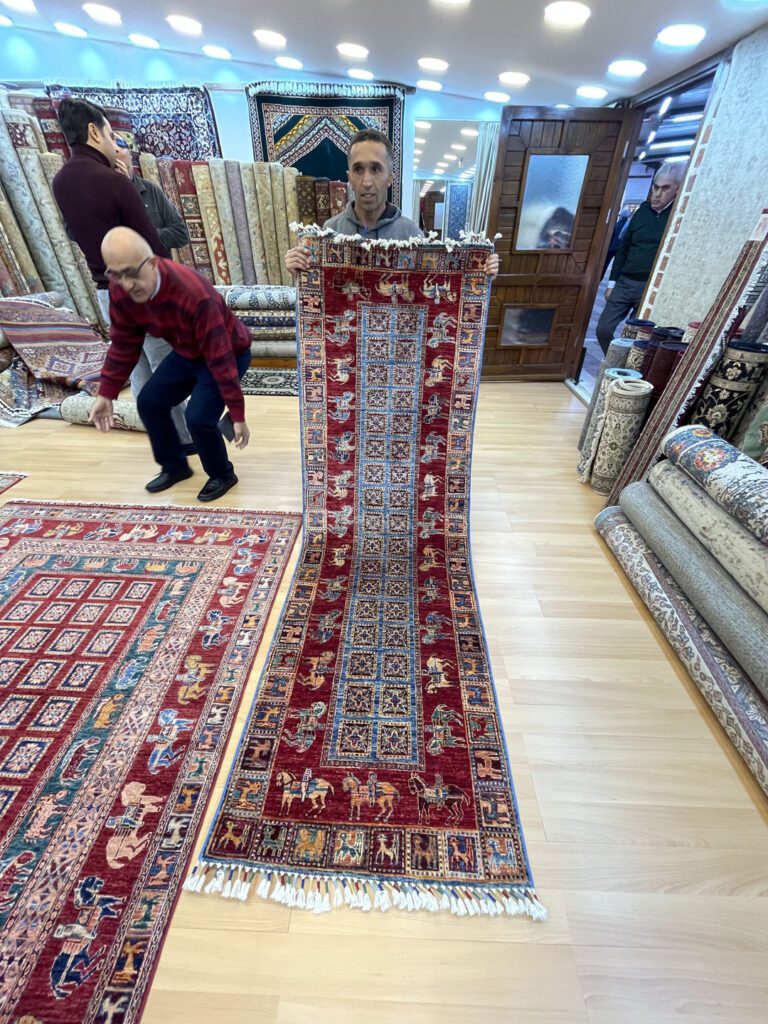
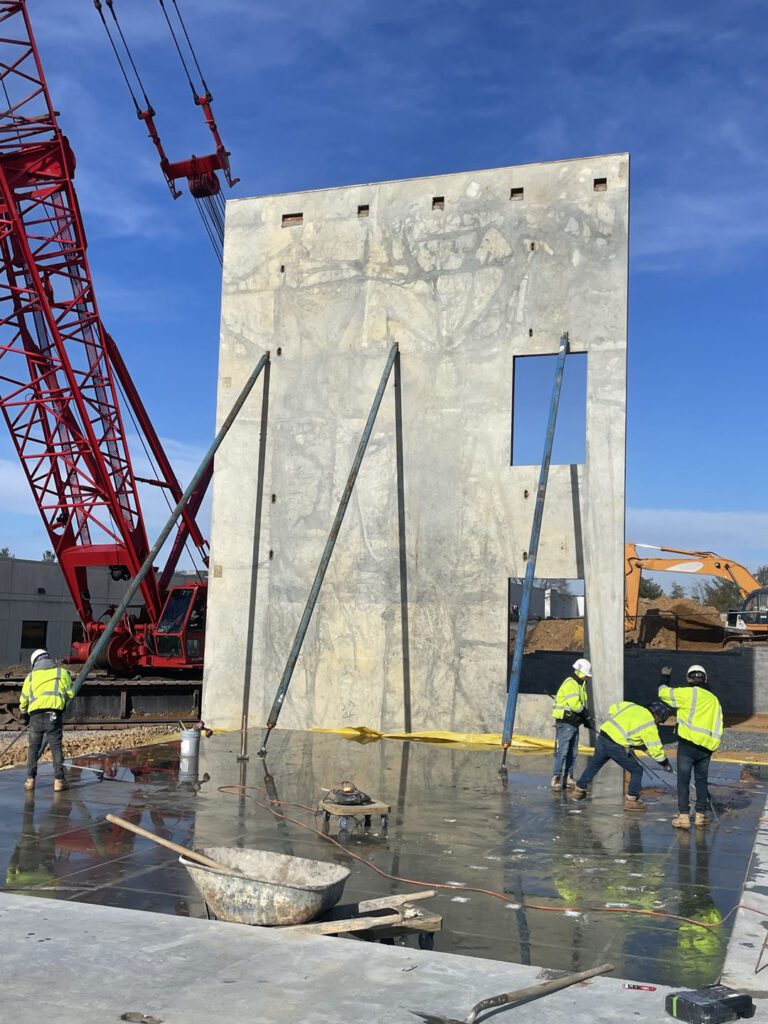
I appreciated the description of Patmos as we are studying Revelation. And I appreciated how you thought Penelope was pronounced. I did the same way too.
Thanks for writing Ken!
I need to revisit that book as well!
Best
Chuck